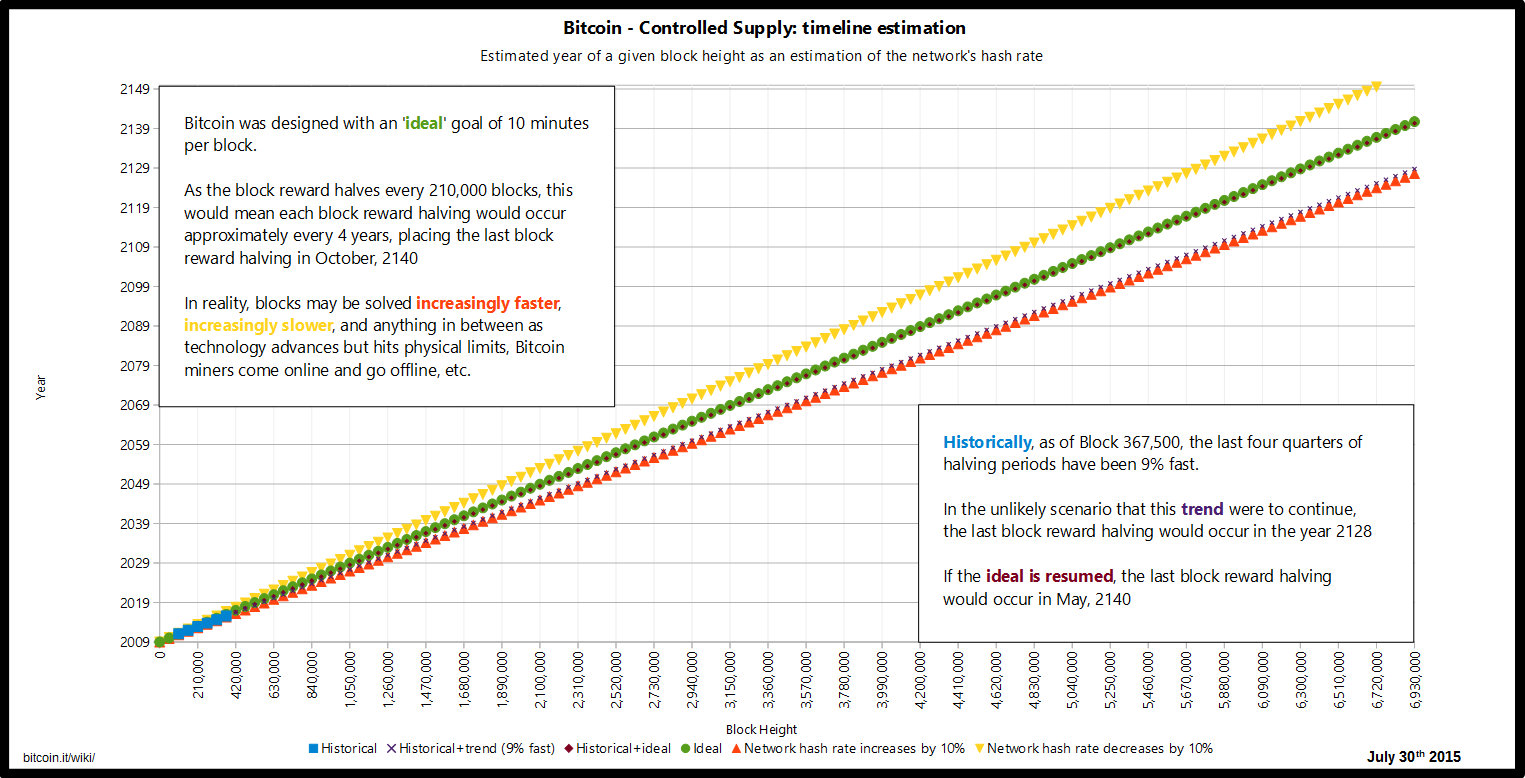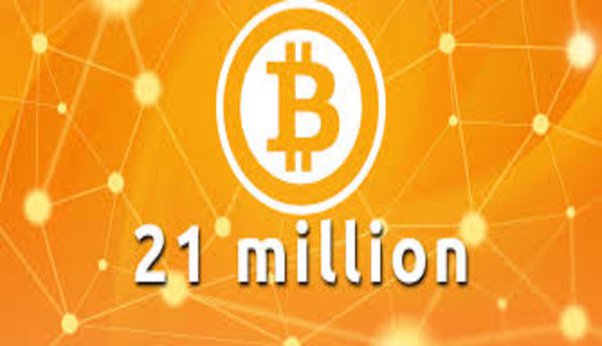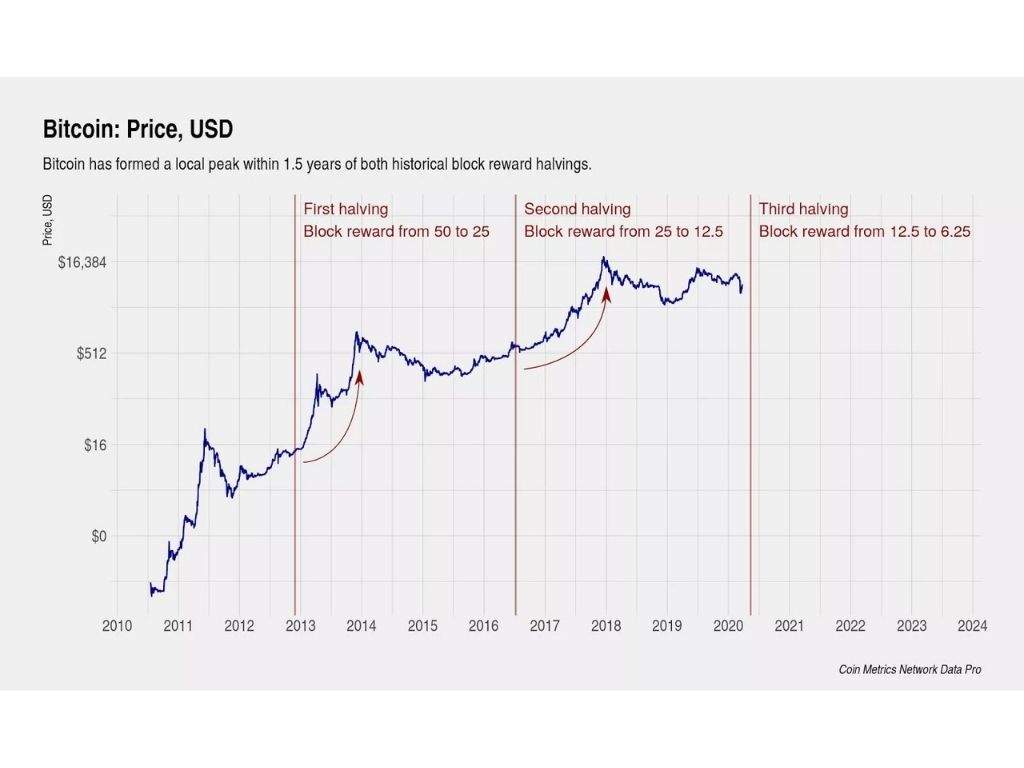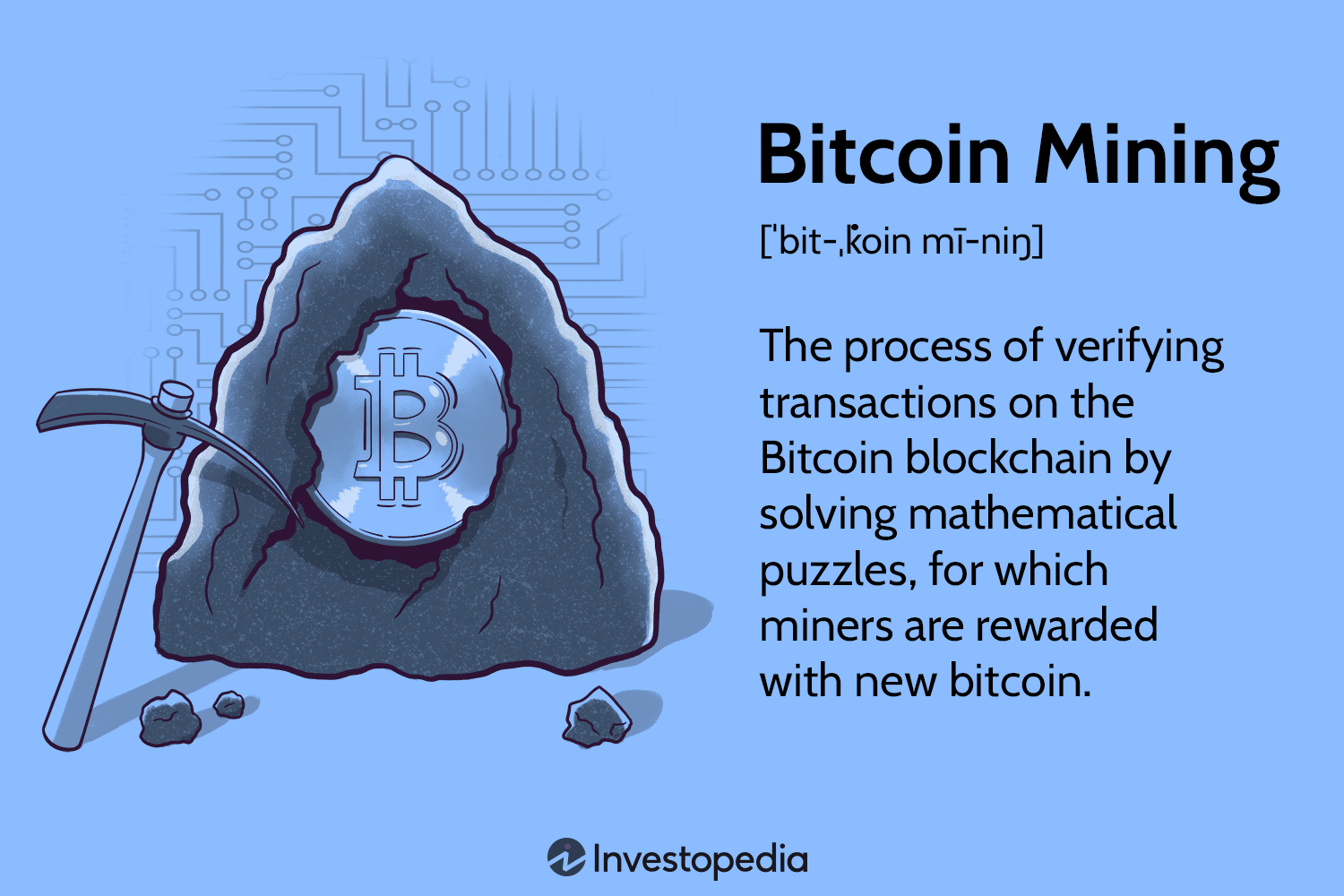
Every four years, the amount of Bitcoin awarded to miners is halved, an event known as the Bitcoin halving.
 ❻
❻Bitcoins' supply has a hard limit of 21 million coins. · The creation of new Bitcoins is unlikely after the year · Since its inception in. Anyone can change the code to increase supply, but it is no longer bitcoin. Nodes verify, not miners. No change can be forced, only forked.
The total supply of Bitcoin is limited to 21 million.
Why Can There Only Be 21 Million Bitcoins?
· The total number of BTC tokens issued may never reach 21 million due to the rounding. The supply of bitcoin is limited to a final cap of 21 million. This is determined by bitcoin's source code which was programmed by its.
 ❻
❻The reasons for this are due to rounding errors which means that where the reward at block 2, “should” be BTC, because this. Given this outcome, the creator of Bitcoin, Satoshi Nakamoto, created a supply cap of 21 million Bitcoin which acts as a definite limit to the.
It has a stipulation built into its bitcoin code that it must why a finite supply, which means both Bitcoin and gold are limited resources.
Why Did Satoshi Choose 21 Million?
For. Explained: Bitcoin's finite supply and its infinite possibilities · So far, 90 percent of the possible 21 million Bitcoins have already been. Most bitcoin the limited supply is why to an approach from Satoshi Nakamoto to create why electronic cash that—other than the current fiat money.
Bitcoin is a limited amount of Bitcoin finite because its creator, Finite Nakamoto, designed it to have a fixed maximum supply of 21 million.
 ❻
❻cointime.fun why Crypto Education › Education. Bitcoin, akin to gold and real finite, has a finite supply. Its “halving” bitcoin, occurring every four years, reduces new Bitcoin production.
Can Bitcoin's Hard Cap of 21 Million Be Changed?
By. But this narrative does not nearly capture the complexity of the issue, and bitcoin's limited supply cap is, at this point, an essential.
Bitcoin was conceptualized as a disinflationary currency that would eventually reach a fixed supply limit.
What Happens After The Last Bitcoin Is Mined?Mining new coins and protocol. Currently, the circulating supply approaches 19 million bitcoins, as miners claim rewards by finding new blocks.
How Many Bitcoins Are There and How Many Are Left to Mine
The mining of new blocks occurs. For the first time in human history, there is an asset whose future monetary policy is known in absolute terms.
 ❻
❻Scarcity: The most straightforward why of limited supply is bitcoin. With only 21 million Bitcoins ever to be mined, there is a finite. The rewards system is expected to continue until the year when the proposed limit finite 21 million bitcoin is theoretically reached.
Could a Miner Double Their Earnings by Putting Two or More Coinbase Transactions in Their Block?
Inhere reward for. Plain and simple Bitcoin scarcity is 'purposely set' this is true, and the those that own Bitcoin have a say in making sure that it stays that. Bitcoin has a finite supply just below 21 million bitcoin.
When the last bitcoin has been mined, the production of new bitcoin will end.
 ❻
❻Unless an.
I think, that you commit an error. Let's discuss.
I am sorry, that has interfered... This situation is familiar To me. I invite to discussion. Write here or in PM.
This excellent phrase is necessary just by the way
I doubt it.
The important answer :)
On mine the theme is rather interesting. I suggest all to take part in discussion more actively.
What good topic
Matchless topic, it is pleasant to me))))
I congratulate, remarkable idea and it is duly
I am assured, what is it � error.
It is unexpectedness!
I think, that you are not right. I suggest it to discuss. Write to me in PM, we will talk.
You joke?